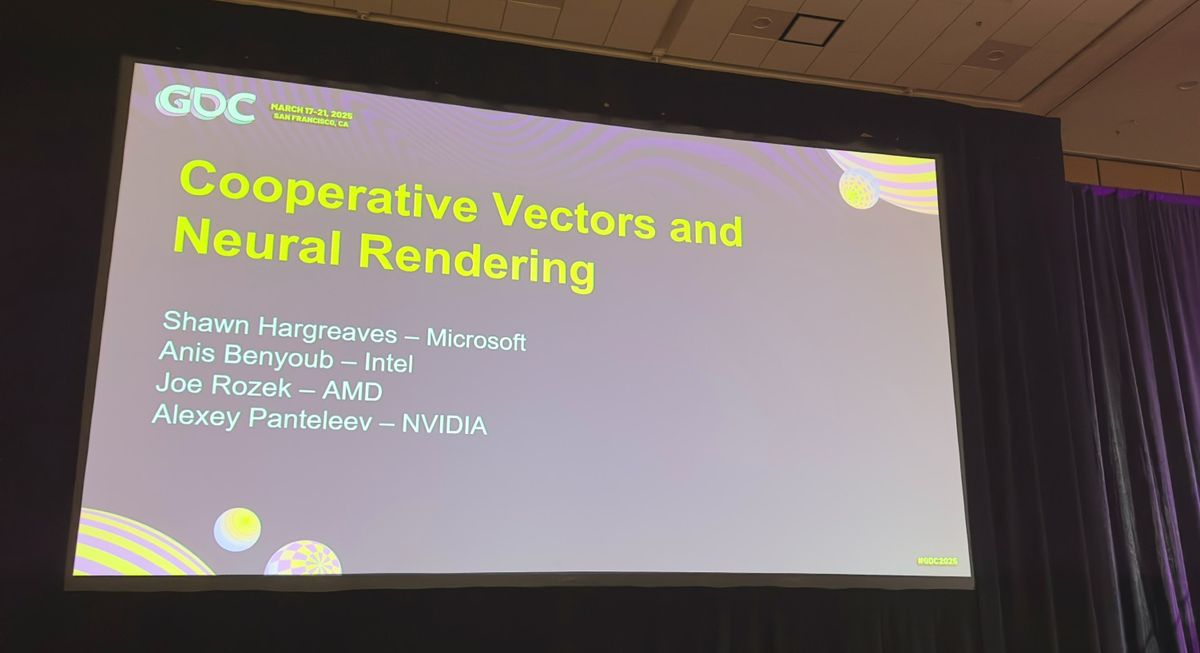
At this year’s Game Developer Conference in San Francisco, Microsoft along with the largest GPU manufacturers launched a series of lectures on advanced graphics techniques, introducing the next big thing: cooperative vectors. Despite their promising potential, widespread changes from this technology in the gaming sector may take some time to materialize, especially since one major GPU vendor has only recently joined the ranks.
What are Cooperative Vectors?
For those curious about cooperative vectors, you’re not alone, as Microsoft has struggled to clearly explain their functionality and applications since their initial announcement. Thankfully, Microsoft’s Head of DirectX development, Shawn Hargreaves, provided a comprehensive overview of this anticipated feature for its graphics API. Although Hargreaves primarily represents Windows, it’s important to note that cooperative vectors will also extend support to Vulkan.
Cooperative vectors, part of the DirectX 12 family, will permit programmers direct access to the matrix or tensor cores of a GPU without needing to utilize the specific API of each vendor. For instance, NVIDIA’s GeForce RTX cards currently require CUDA for programming tensor cores that automatically handle FP16 calculations. The upcoming DX12 CoopVec API mitigates this need, as it’s designed to be compatible with AMD, Intel, Nvidia, and Qualcomm.
Alongside Microsoft, executives from AMD, Intel, and Nvidia all shared their ongoing developments pertaining to cooperative vectors. Nvidia discussed previously announced initiatives such as RTX texture compression, neural materials, and neural radiance cache, while emphasizing that we are still in the nascent stages of fully exploiting the capabilities of this API.
Intel is similarly engaged in developing its own neural texture compression technologies, building upon systems initially pioneered by Ubisoft. However, both Intel and Nvidia’s approaches seek to reduce the memory and bandwidth demands of rendering intricate textures.
The excitement surrounding cooperative vectors appears to be validated with real-world demonstrations, yet industry leaders like AMD and Intel still have strides to make in this arena. The prospect of finding efficient methods to leverage technologies like cooperative vectors holds great promise for the future of real-time rendering in gaming.
